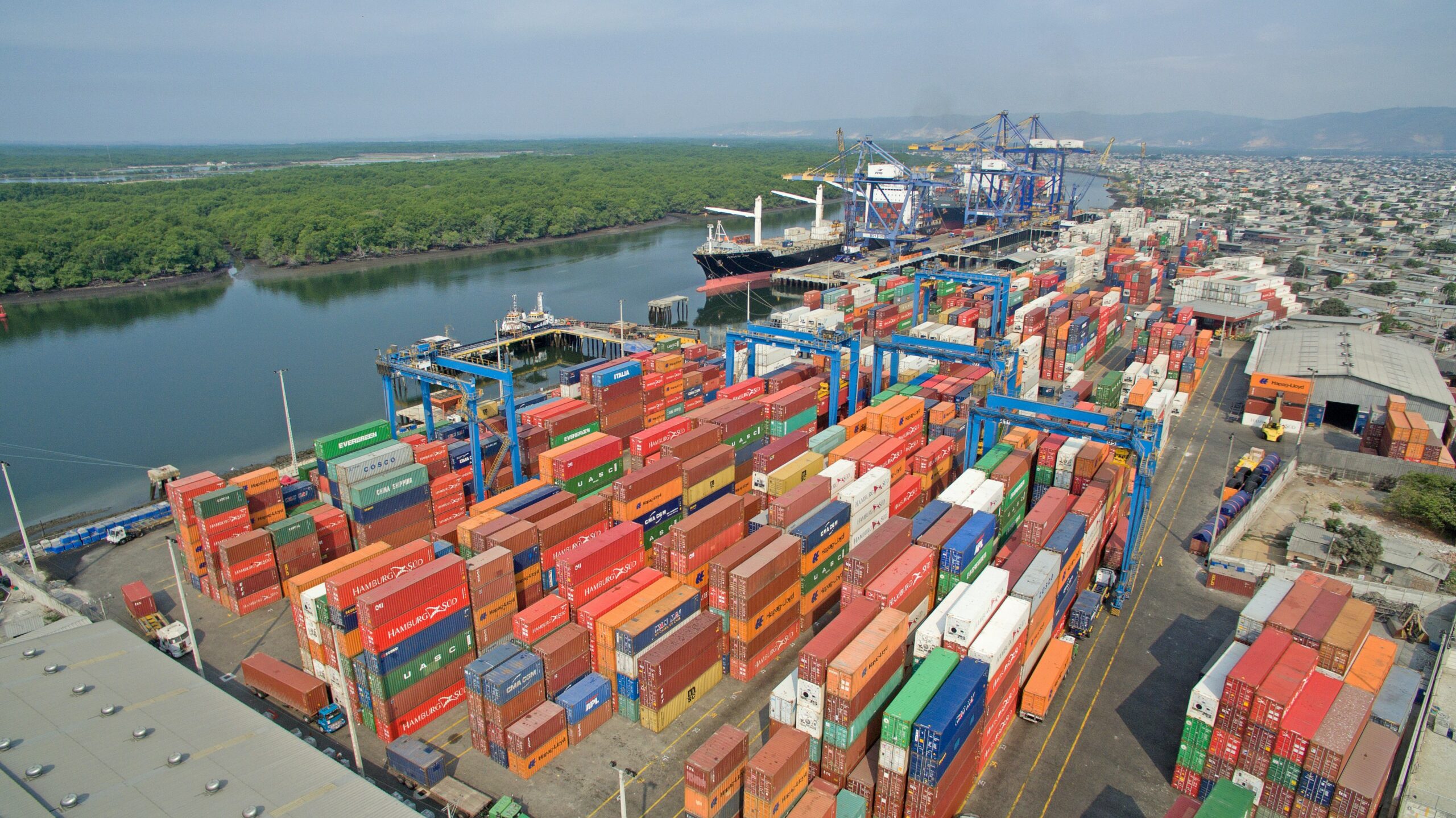Why forward-looking finance leaders are using Connected Capital to absorb shocks – without harming credit or investor confidence
When your five-year plan meets a global curveball, do you pivot or pause?
For investment-grade corporates, volatility isn’t hypothetical. It’s constant.
Whether it’s a margin squeeze, supply chain disruption, or a sudden drop in demand, the imperative for the Office of the CFO is the same: preserve optionality, protect the balance sheet, and keep moving forward.
But that’s easier said than done when liquidity is locked up in receivables or tied to strict covenant terms.
Explore how finance leaders are using off-balance-sheet working capital to navigate uncertainty without breaching covenants or risking a downgrade. With AR Purchase, treasury teams gain rapid, non-dilutive access to liquidity, unlocking capital quickly and seamlessly.
This isn’t emergency funding. It’s a resilience strategy designed for today’s volatile macro environment.
So when the next disruption hits, you don’t delay your roadmap. You accelerate it.
See how top CFOs are building resilience through recalibrated working capital. Download the Connected Capital Blueprint eBook to learn more.










